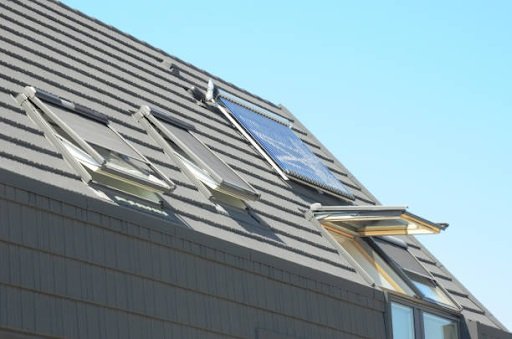Air ventilation is crucial for maintaining indoor air quality and ensuring the health of occupants. Proper ventilation reduces pollutants, removes excess moisture, and prevents mold growth. It also helps regulate temperature, enhancing comfort and promoting overall well-being in residential and commercial spaces.
Presentation of Passive Air Ventilation as a cost-efficient and nature-friendly solution
Passive air ventilation offers a budget-friendly and environmentally sustainable approach to improving indoor air quality. Passive Air Ventilation CFD Service enables precise analysis and optimization of natural airflow within buildings, reducing energy costs while enhancing comfort. By harnessing the power of nature, it promotes healthier living spaces without compromising the planet.
Explanation of the role of Computational Fluid Dynamics (CFD) in optimizing passive air ventilation
Computational Fluid Dynamics (CFD) aids in enhancing passive air ventilation by simulating airflow patterns within spaces. This technology allows for precise analysis of temperature distribution, reducing energy consumption while improving indoor air quality and occupant comfort through informed design adjustments.
Introduction of professional passive air ventilation CFD service
In today’s fast-paced world, the need for sustainable and efficient building designs has never been more critical. As architects and engineers strive to create structures that not only prioritize energy efficiency but also enhance occupant comfort and indoor air quality, innovative solutions are in high demand. One such solution is Passive Air Ventilation, a design approach that leverages natural airflow patterns to achieve optimal ventilation without relying on mechanical systems.
At the forefront of this movement is Computational Fluid Dynamics (CFD), a cutting-edge technology capable of simulating air flow within environments. By employing CFD for Passive Air Ventilation analysis, designers can visualize how air moves through spaces under various conditions, allowing for informed decision-making during the design phase. This service empowers stakeholders with invaluable insights into airflow dynamics, enabling them to optimize their designs for both performance and sustainability.
This introductory overview will explore how the integration of CFD with passive ventilation strategies provides a unique set of benefits—ranging from enhanced energy efficiency and cost savings to improved indoor comfort levels. Through detailed simulations and analyses, our Passive Air Ventilation CFD Service paves the way for smarter building practices, contributing not only to environmental goals but also fostering healthier living spaces for occupants.
What does CFD mean in ventilation?
CFD in ventilation stands for Computational Fluid Dynamics. It involves using advanced algorithms and simulations to analyze air movement within a space. This technology helps optimize the design and placement of ventilation systems, ensuring efficient airflow and improved indoor air quality for occupants.
What is CFD in airflow?
Computational Fluid Dynamics (CFD) in airflow refers to the simulation and analysis of fluid movement using numerical methods and algorithms. It helps visualize airflow patterns, optimize designs in various applications, and predict performance by solving complex equations governing fluid behavior.
What is passive air ventilation?
Passive air ventilation refers to a natural method of circulating outdoor air through a building without mechanical systems. Utilizing design elements such as windows, vents, and architectural features, it promotes optimal airflow to enhance indoor air quality and reduce energy consumption.
What is CFD in HVAC?
Computational Fluid Dynamics (CFD) in HVAC refers to the use of advanced simulation software to analyze airflow, heat transfer, and fluid interactions within heating, ventilation, and air conditioning systems. This technology enhances design efficiency and optimizes performance for improved indoor climate control.




